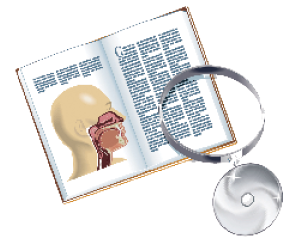 Background
Background
Multiple injectable materials are available for correcting facial volume loss as a part of facial rejuvenation. Increasing interest in the use of autologous fat injection has developed in recent years, with proponents citing excellent clinical outcomes and ready availability in most patients. Controversy exists, however, regarding long-term viability of transplanted adipose tissue, specific injection and harvest techniques, additional morbidity from graft harvest, and whether autologous fat truly is more effective than other commercial filler materials used in similar applications, such as collagen or poly-L-lactic acid (PLLA).
Best Practice
Overall high-quality evidence is lacking, and no definitive conclusion can be drawn from available data. Autologous fat injections, along with other injectable fillers, such as collagen or PLLA, can all yield longterm results in facial rejuvenation. PLLA may be advantageous because there is no need for overcorrection, but it typically requires multiple treatments and may result in nodule or granuloma formation. Autologous fat avoids these adverse effects and can yield long-term results after a single treatment, but requires overcorrection due to maintenance of ∼30 percent of initial volume correction long-term, and may form a grossly similar lipid reaction with resultant lumpiness. Based on available evidence, of which there is a paucity, no definitive recommendation can be made. As there is extreme interest in autologous fat grafting within the facial plastic surgery, in addition to other surgical subspecialty communities, this lack of evidence should serve as a call to action in the form of comparative studies. Read the full article in The Laryngoscope.
Leave a Reply